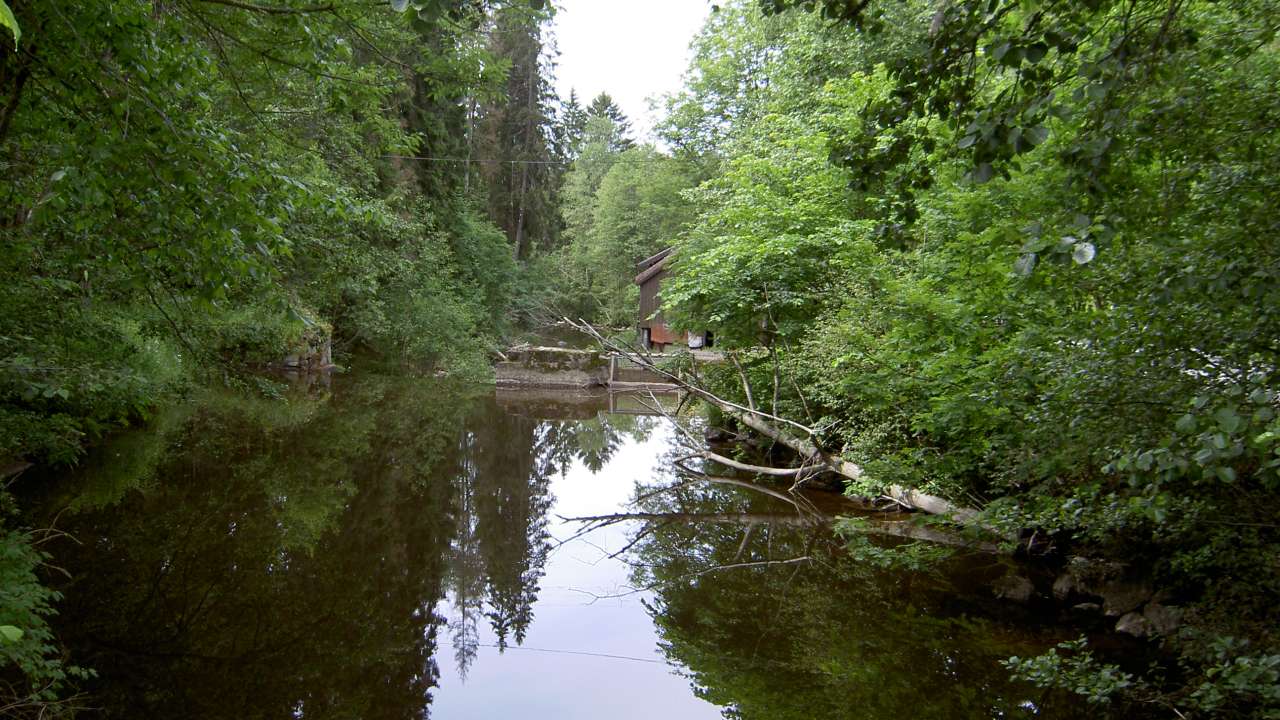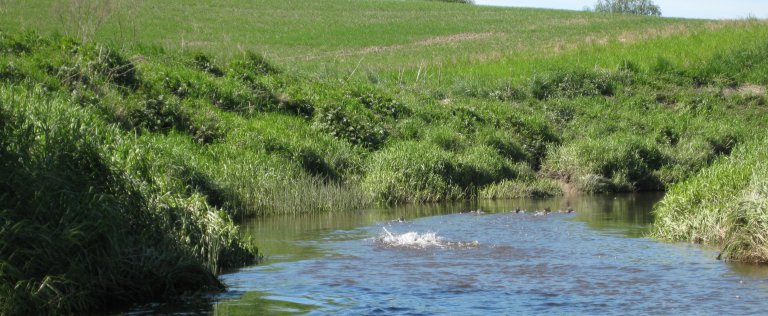


Publications
Abstract
No abstract has been registered
Popular science article – RUMINANTS AND METHANE 1:4 European cattle and sheep production
Vibeke Lind
Authors
Vibeke LindAbstract
No abstract has been registered
Authors
Vibeke LindAbstract
No abstract has been registered
Authors
Vibeke LindAbstract
No abstract has been registered
Authors
Vibeke LindAbstract
No abstract has been registered
Report research – Phosphorus losses from the Mørdre catchment
Dominika Krzeminska, Marianne Bechmann
Abstract
No abstract has been registered
Authors
Mehreteab TesfaiAbstract
No abstract has been registered
Authors
Inga GreipslandAbstract
No abstract has been registered
Authors
Inga GreipslandAbstract
No abstract has been registered
Authors
Marianne Bechmann Dennis Collentine Flemming Gertz Morten Graversgaard Berith Hasler Janne Helin Brian Jacobsen Katri Rankinen Karen RefsgaardAbstract
-
